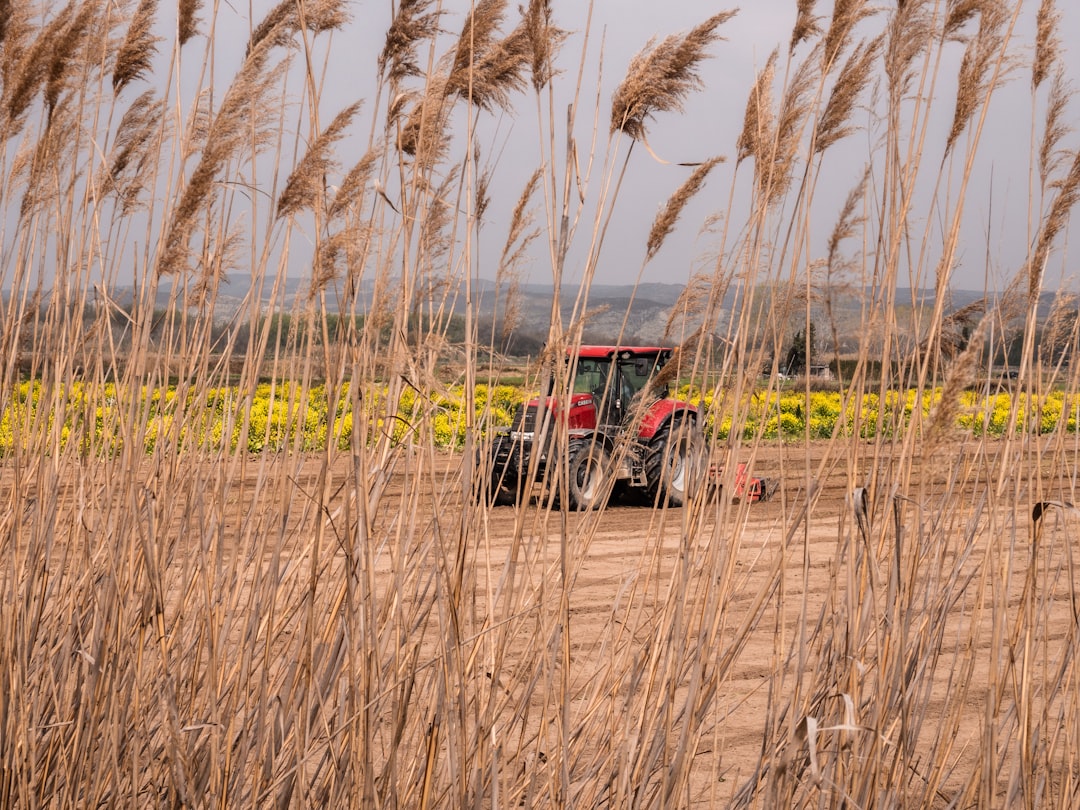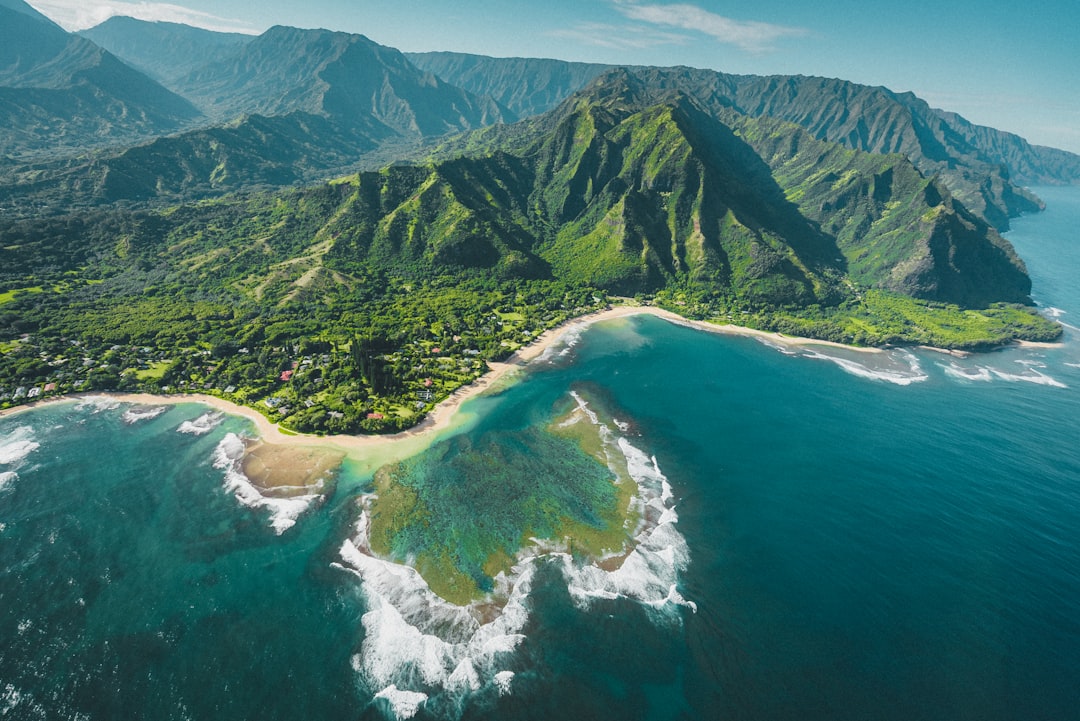What is it about?
The buildup of ice remains a challenge for many industries, causing critical infrastructure to malfunction and creating safety concerns in our daily lives. The conventional methods of removing ice thermally, mechanically, or chemically are time consuming, expensive, and environmentally unfriendly. For these reasons we are searching for next-generation ice-repellent surfaces. One recently-discovered class of these surfaces are Slippery Lubricant-Infused Porous Surfaces (SLIPS), which have shown promise in being an excellent icephobic surface. These surfaces work by using a microscopic structure that retains a lubricant, allowing liquids to roll off the infused lubricant layer rather than contacting the solid surface directly. SLIPS have shown to increase the time before frost formation, and also allows ice to be removed with less force. Unfortunately, the lubricant slowly gets depleted over time and renders SLIPS less effective after extended use. In our paper we studied the shapes of frost (ice dendrites) on water droplets frozen on various surfaces, including SLIPS. We noticed that unlike sharp, christmas-tree-like dendrites on conventional hydrophobic surfaces, the dendrites on the oil-infused SLIPS surfaces were thicker and lumpier. We hypothesize that the lumpier the dendrites are, the more oil is being pulled up away from the SLIPS surface. Using a method called fractal analysis, we quantified this “lumpiness” and used it to develop a guide for lubricant-loss-resistant SLIPS surfaces.
Featured Image

Photo by Aaron Burden on Unsplash
Why is it important?
Better ice-repellent surfaces are needed to reduce safety hazards and cold-weather industrial challenges. Our research focuses on Slippery Lubricant-Infused Porous Surfaces (SLIPS), which have been recently presented as a promising ice-phobic surface. We present insights to reduce lubricant depletion, a major bottleneck for SLIPS to transition out of the laboratory into industry.
Perspectives
Seeing the various dendrite shapes was such an exciting part of this research for me. Learning to analyze the beautiful images together with my co-authors was a treat.
John Lee
University of Michigan
Read the Original
This page is a summary of: Unique ice dendrite morphology on state-of-the-art oil-impregnated surfaces, Proceedings of the National Academy of Sciences, December 2022, Proceedings of the National Academy of Sciences,
DOI: 10.1073/pnas.2214143120.
You can read the full text:
Contributors
The following have contributed to this page










